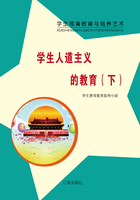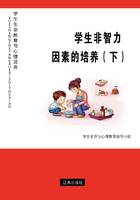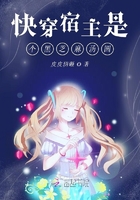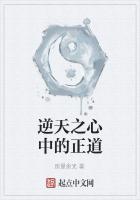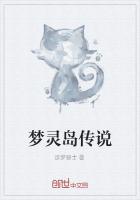The consists of human hair are mainly protein① called Keratin② and some moisture and the trace metals and minerals found in the rest of the body.
The only living part of hair is underneath the scalp③ —when the hair had grown through the scalp it is dead tissue.
Hair’s natural shine is supplied by its own conditioner—sebum④ which contains oil and waxes and fats containing a natural antiseptic⑤ that helps fight infection. Too much sebum results in greasy hair and conversely, too little sebum make dry hair.
Hair grows about 12 mm per month. If a person never has his hair cut, it would grow to a length of about 107 cm before falling out. Hair grows faster in the summer and during sleep. A single strand⑥ lives for up to seven years.
Healthy hair is highly elastic⑦ and can stretch 20 or 30 per cent before snapping. A human hair is stronger than copper wire of the same thickness. A combined strength of a headful of human hair is capable of supporting a weight equivalent to that of 99 people.
Scandinavians normally have thin, straight, baby-fine hair, and mid Europeans hair is neither too fine nor too coarse. People native to the Indian subcontinent have coarse⑧ textured tresses⑨ while Middle Eastern populations have strong hair. The hair of Chinese and Japanese people is very straight; that of Latin-speaking and North African peoples can be very frizzy⑩ and thick.
① proteinn. 蛋白质,朊
② keratinn. [化]角质,角素
③ scalpn. 头皮
④ sebumn. [生理](皮脂腺分泌的)皮脂
⑤ antisepticadj. 抗菌的,防腐的
⑥ strandn. 海滨,海滩,河岸,湖滨
⑦ elasticadj. 有弹性的,有弹力的
⑧ coarseadj. 粗的,粗糙的
⑨ tressesadj. (常复数)(女性未束)松散长发
⑩ frizzyadj. 头发拳曲的
你的头发
人类的头发主要由一种叫角朊的蛋白质组成,也包含有水分及在身体其他部分也可找到的微量金属和矿物质。
头皮下面是头发唯一有生命的部分,当长出头皮时便成为无生命组织。
头发的自然光泽来自它自身的护发素——含有蜡和脂肪,有抗感染的自然抗菌剂的油脂。油脂含量过多会导致油性发质,相反,过少则会导致干性发质。
头发每个月可长12毫米,如果一个人从不剪发,头发会长至107厘米才开始脱落。在夏天和睡觉的时候头发生长得较快。一根头发的寿命可长达7年。
健康的头发非常富有弹性,可拉长20%或30%而不断。一根头发比同等粗细的铜丝还要结实。满头头发合在一起的力量可经得起99个人的重量。
斯堪的纳维亚人的头发又细又直,像婴儿的头发一样;中部欧洲人的头发不细不粗;印度次大陆人的头发粗且打绺;中东人的头发都很结实;中国人和日本人的头发非常直顺;而拉丁语国家及北非地区的人头发卷曲而浓密。

